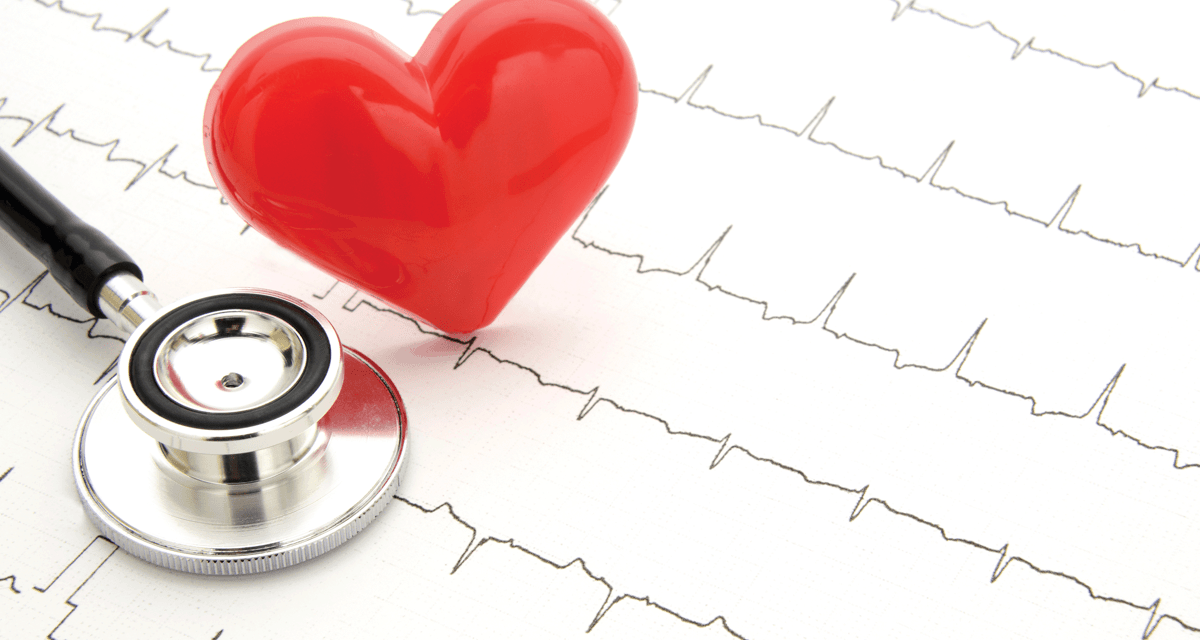Sleep-disordered breathing (SDB) is more prevalent in patients with stroke than in the population without a history of stroke. SDB is an independent risk factor for stroke. SDB impairs cerebral circulation by several mechanisms, and therefore possibly contributes to wake-up stroke. Ultrasound-tagged near-infrared spectroscopy (UT-NIRS) is a novel technology able to detect cerebral blood flow noninvasively and in real-time, displaying cerebral flow as cerebral flow index (CFI). Positive airway pressure (PAP) is the most effective approach in the treatment of SDB. We aimed to assess if single-night PAP impacts cerebral blood flow in sleep apnea patients after stroke and without a history of stroke.
11 stroke patients and six controls with sleep apnea were enrolled. Stroke patients underwent overnight pulse oximetry within seven days after stroke. Desaturation index ≥ 15/hour was considered a positive screening. Six weeks after stroke, patients with positive screening underwent overnight polysomnography together with cerebral blood flow monitoring using UT-NIRS (diagnostic night) and also with additional PAP therapy (therapeutic night).
The number of respiratory events decreased significantly in the group of stroke patients (apnea-hypopnea index [AHI] from 22.6±9.0 to 9.9±9.9) and controls (AHI from 58.1±14.9 to 7.0±9.7). CFI showed no significant changes between a diagnostic and therapeutic night in both groups.
Despite the significant reduction of respiratory events, single-night PAP therapy does not improve overall cerebral blood flow, as defined by CFI.
Cerebral blood flow in stroke patients with sleep apnea: any role of single-night positive airway pressure therapy?


